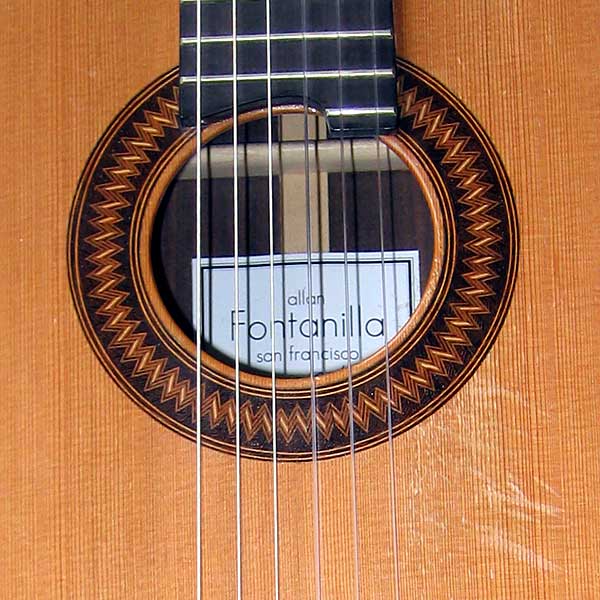There is something about this christmas song, Carol of the Bells, that I’ve always found intriguing. It is probably the darkest and most sinister sounding christmas song that I know of. It was pointed out to me by a friend and fellow composer Roman Turovsky (wiki) that it was a Ukrainian melody written by composer Mykola Leontovych in 1914.
Come to think of it, 1914 was the beginning of World War 1.
Ukraine, still part of Russia at the time, was very much in the middle of the ethnic nationalism spreading in that era. So, cheery songs with lyrics like “Chestnuts roasting on an open fire” would seem out of place and doesn’t exactly elicit a warm feeling, with “open fire” having a bad connotation in the context of war.
So, what does a composer like Leontovicych do? He used a descending half-step bass line repeatedly, conjuring an image of steps descending into hell. Subconsciously or not, it is definitely the opposite of cheery. I would love to see a video using this song with images of World War I juxtaposed.
It also has hints of minimalism with its incessant repeated motif. Just interesting to note.
And by the way, that “open fire” song which is titled The Christmas Song was written in 1946. Guess what, that’s the end of World War II. Happy Happy. What could be cheerier than chestnuts roasting. Enjoy!
P.S. In case you’re curious, I’m using a Jam Man Stereo Pedal Looper.
